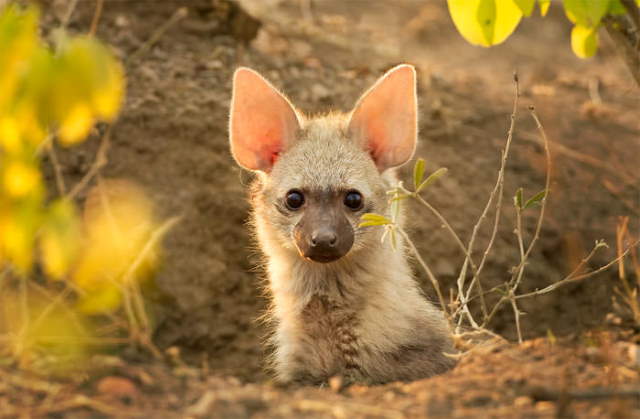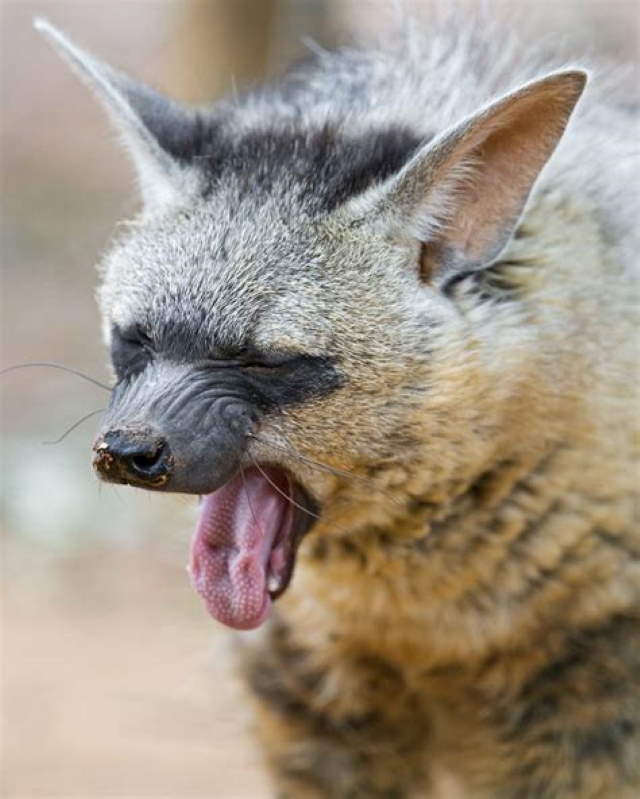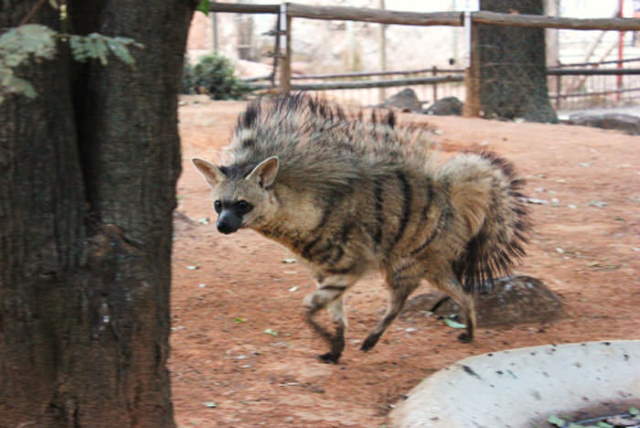SHANGRALA'S
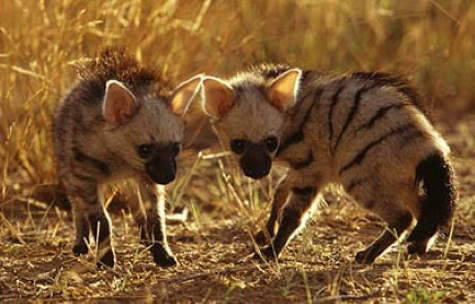
ADORABLE
AARDWOLVES!

Check Out God's Extremely Cute Critter. Enjoy! :)
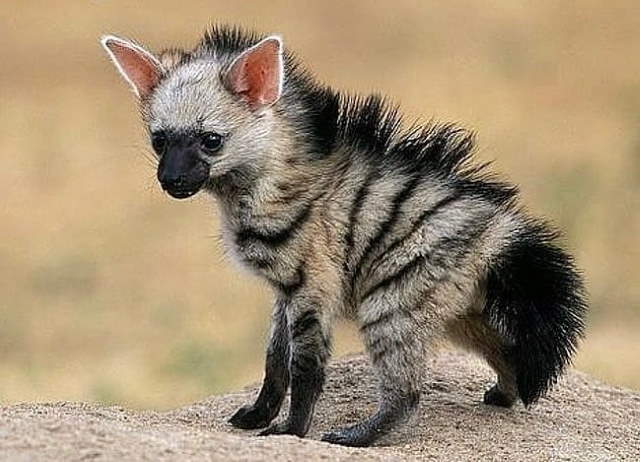
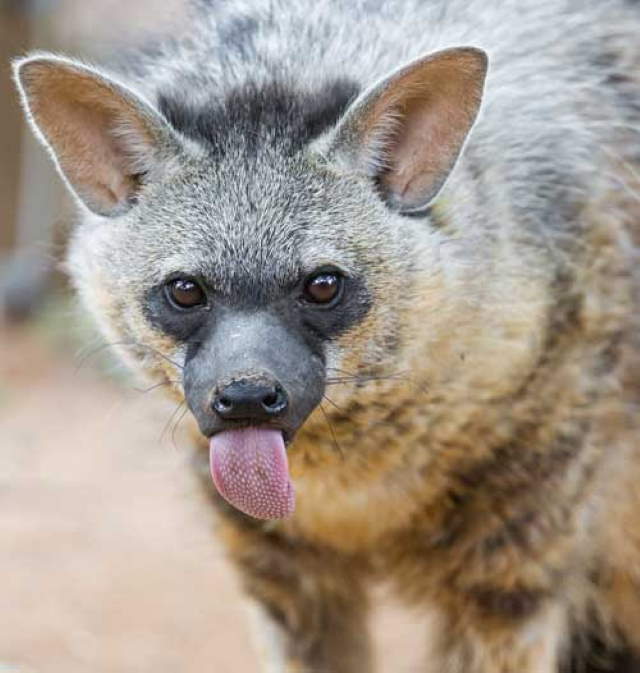
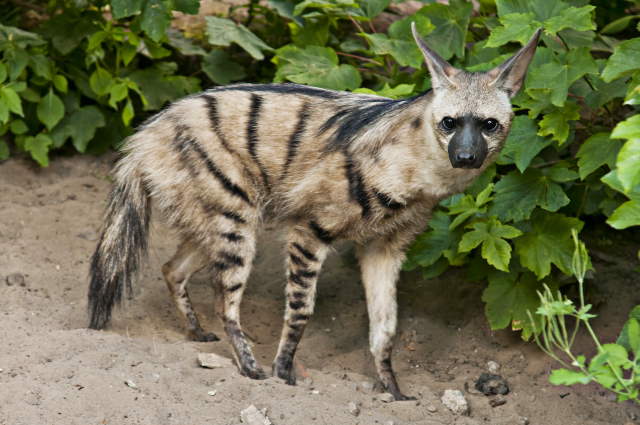
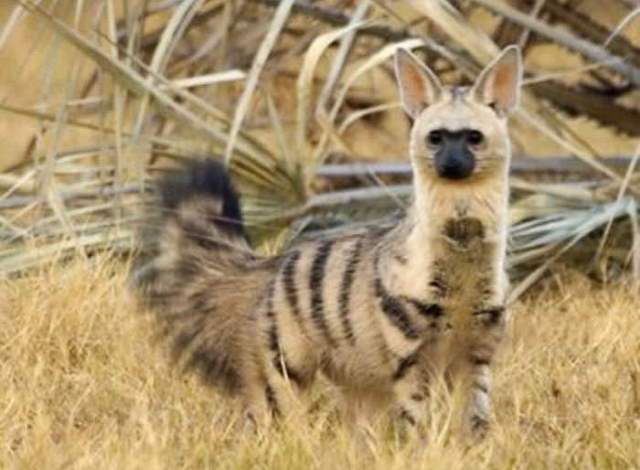
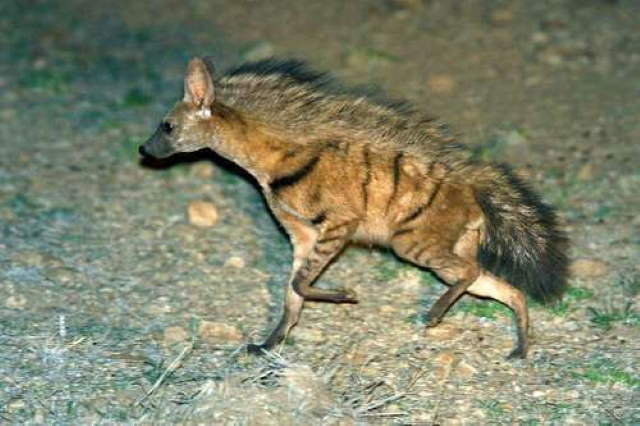
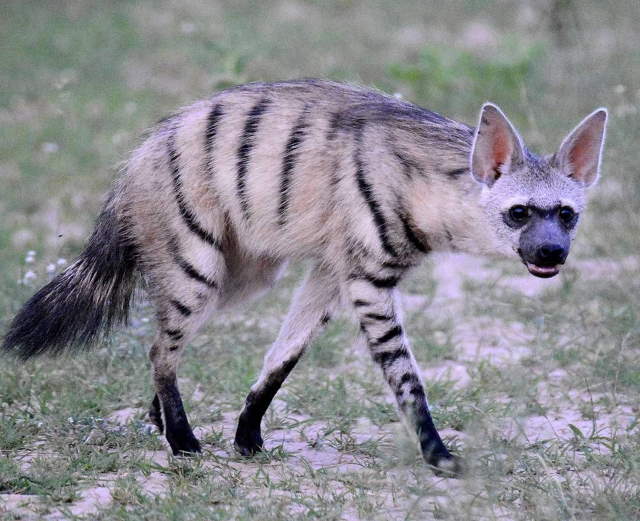
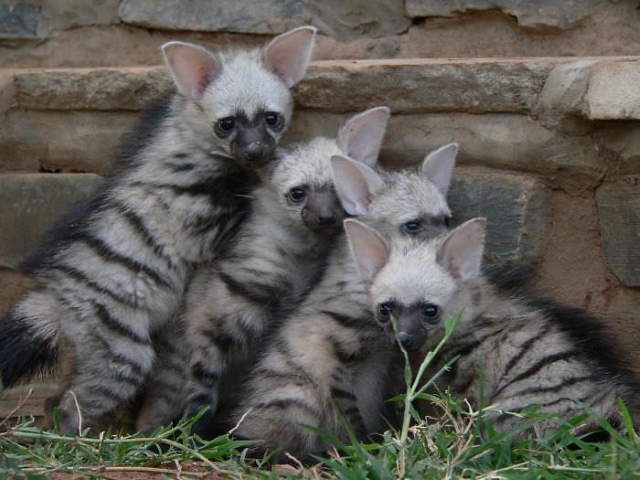
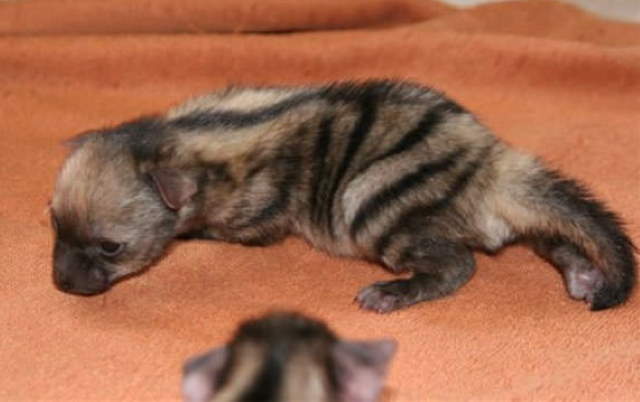
Share These Cuties
With All Your Friends And Family! :)

SEE ALSO: Incredible Wildlife Photos 5!

^BACK To TOP^

For those of you who Want More FUN - Visit The Shangy Fun List! Variety is the
spice of life! The Shangy Fun List is an ezine packed full of Poems, Inspirational and
Heart Warming Stories. Jokes from G to slightly R, and Anything else that just
might make you SMILE! Join In The Free FUN!! ... :)
Yes! Click Here To GO TO THE ARCHIVES!-
Like This Page?
If you are looking for more, here are some good places to start:

White Ligers!-
Lion Massages!-
Bizarre Nature 2!-
Fearless Animals!-
Rare Exotic Cats!-
Spotted-Tail Quoll!-
Rhinoceros Hornbill!-
Comedy In Nature 4!-
Rarely Seen Critters!-
Natural Show-Offs 2!-
Dangerous Critters 3!-
World's Smallest Fox!-
Elephant Salt Miners!-
Endangered Primates!-
Farne Islands Wildlife!-
Sweet Baby Animals 2!-
Wildlife In Abundance!-
When Sandman Attacks 3!-
Werribee Open Range Zoo!-
World's Most Expressive Cat!-
A-Z Animated Picture Images!-


 -To SHANGRALA-
-To SHANGRALA-
Special THANKS Goes To LINDA And GENIANN For Sharing This With Us.
Copyright © 1996 Netscape Communications Corporation. Mozilla is
a trademark of Netscape Communications Corporation.
Note: This is an Unofficial God, Jesus Christ, Family, & Cartoon Fan Site.
© All graphics representing Disney characters are copyrighted by Disney.
Likewise all other graphics & music Copyright © by their own Individual Artists.
I do not own any graphics on this site. If you do, please notify me and I'll give
you proper credit, a link, or remove it immediately according to your wishes.
~*~ Copyright © 1997-2023 Elrhea M. Bigham ~*~
